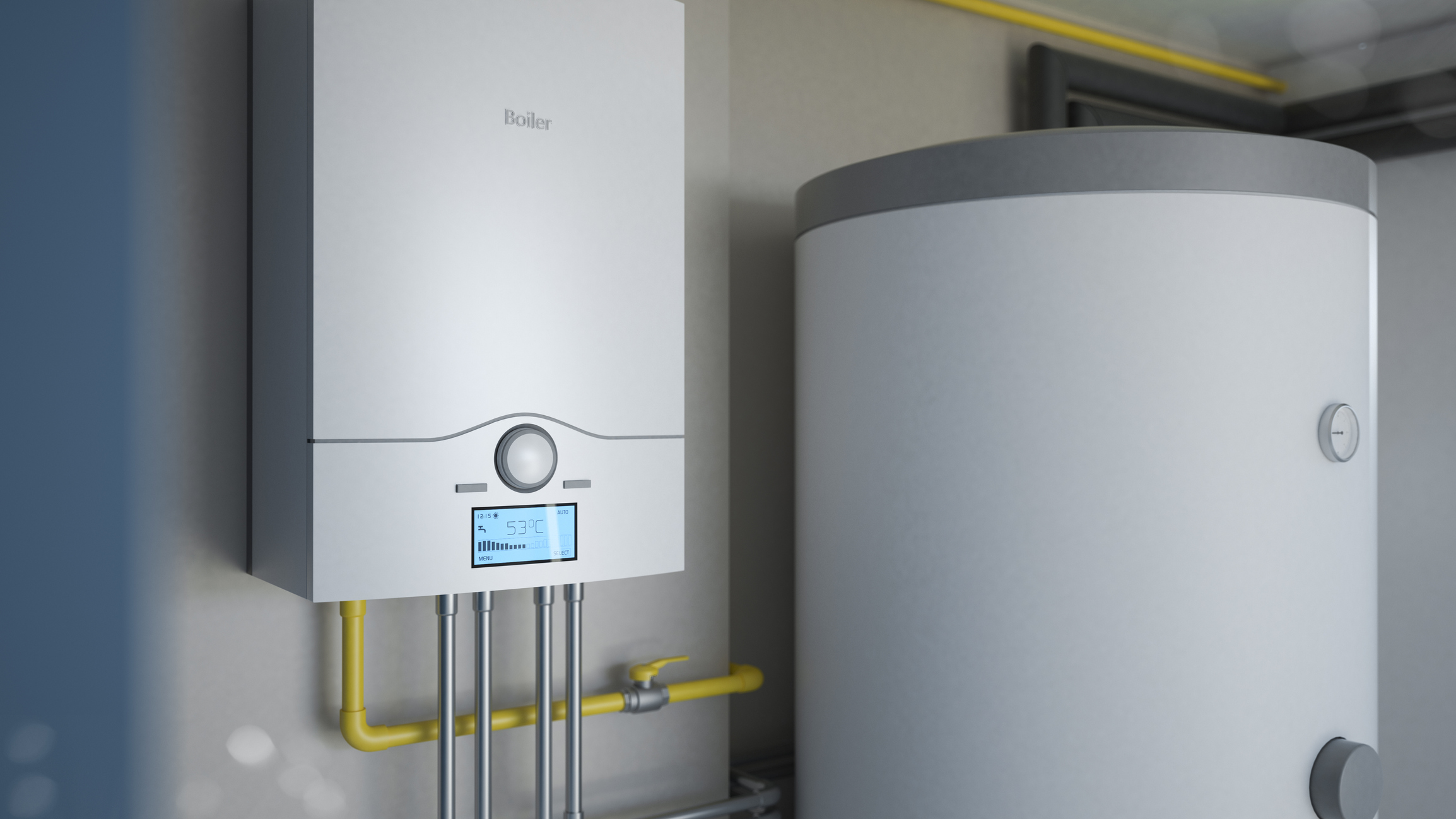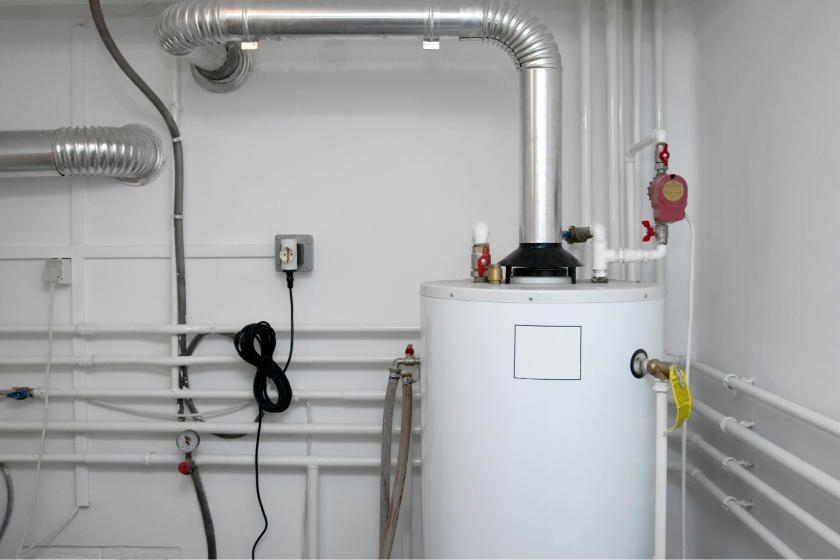Effective Methods to Maintain Your Home's Hot Water System Successfully
Effective Methods to Maintain Your Home's Hot Water System Successfully
Blog Article
Are you trying to find info on How to Maintain Your Water Heater & Prolong its Life?

Warm water is vital for day-to-day convenience, whether it's for a refreshing shower or cleaning meals. To ensure your warm water system runs effectively and lasts much longer, regular upkeep is crucial. This short article provides sensible ideas and insights on how to keep your home's hot water system to stay clear of interruptions and pricey repair services.
Introduction
Preserving your home's hot water system may seem complicated, but with a couple of easy actions, you can guarantee it operates efficiently for years to find. This guide covers whatever from understanding your hot water system to DIY upkeep tips and recognizing when to contact specialist assistance.
Relevance of Keeping Your Hot Water System
Routine upkeep not only expands the lifespan of your warm water system but additionally ensures it runs successfully. Ignoring maintenance can cause lowered performance, higher power costs, and even premature failing of the system.
Indications Your Warm Water System Needs Maintenance
Recognizing when your hot water system requires focus can prevent significant problems. Look out for indications such as irregular water temperature, odd sounds from the heater, or corroded water.
Comprehending Your Warm Water System
Prior to diving into maintenance tasks, it's handy to understand the basic elements of your hot water system. Commonly, this includes the water heater itself, pipelines, anode poles, and temperature controls.
Month-to-month Upkeep Tasks
Regular monthly checks can assist catch small issues before they escalate.
Flushing the Water Heater
Purging your hot water heater gets rid of debris buildup, enhancing effectiveness and extending its life.
Checking and Changing Anode Rods
Anode rods stop corrosion inside the container. Examining and replacing them when worn is important.
Checking and Adjusting Temperature Level Setups
Adjusting the temperature level setups makes certain optimal efficiency and safety.
DIY Tips for Maintenance
You can perform several upkeep jobs on your own to maintain your warm water system in leading problem.
Checking for Leakages
On a regular basis evaluate pipes and links for leaks, as these can bring about water damage and higher expenses.
Examining Pressure Alleviation Valves
Evaluating the pressure safety valve ensures it functions properly and prevents extreme pressure accumulation.
Shielding Pipes
Shielding hot water pipes reduces warmth loss and can conserve energy.
When to Call a Professional
While DIY maintenance is advantageous, some issues call for specialist know-how.
Complex Problems Requiring Expert Help
Instances consist of significant leaks, electrical troubles, or if your water heater is continually underperforming.
Routine Professional Upkeep Advantages
Professional upkeep can include thorough examinations, tune-ups, and making sure compliance with safety and security requirements.
Verdict
Routine maintenance of your home's warm water system is vital for effectiveness, longevity, and expense savings. By adhering to these ideas and knowing when to look for professional assistance, you can ensure a trusted supply of hot water without unanticipated interruptions.
Water Heater Maintenance Tips
Test the TPR Valve
Shut off the power and the cold-water supply valve. Place a bucket under the pipe connected to the temperature-pressure-release (TPR) valve on the top or side of the tank. (This valve opens if the tank pressure gets too high.) Lift the valve’s tab to let some water out, then let go. If water keeps flowing, drain the tank partway, unscrew the old valve with a pipe wrench, and install a new one. Check the Anode Rod
Put a hose to the tank’s drain cock and let out a few gallons of water. Now fit a 1 1/16-inch socket onto the rod’s hex head on top of the heater (or under its top plate) and unscrew the rod. If it’s less than ½ inch thick or coated with calcium, buy a new one, wrap its threads with Teflon tape, put it back in the tank, and tighten securely. Use this segmented rod if headroom above the tank is limited. Drain the Tank and Wash Out Sediment
Drain the remaining water in the tank into the bucket, then stir up the sediment on the tank’s bottom by briefly opening the cold-water supply valve. Drain and repeat until clean water comes out of the hose. Close the drain cock, refill the tank, and turn its power back on. Adjust the Temperature
Find the temperature dial on the side of the tank and unscrew its cover. Adjust the dial to 120 degrees using a flathead screwdriver. For every 10 degrees the temperature is lowered, you can expect to save up to 5 percent in energy costs. Turn the water heater off or the thermostat down to its lowest setting if you plan to be away from home for more than three days. Insulate the Pipes
Buy some self-sticking 3/8-inch-thick foam pipe insulation that matches the pipes’ diameter. Slide the foam over the hot-and cold-water pipes as far as you can reach. Insulating the cold-water pipe prevents condensation in summer. Peel the tape and squeeze the insulation closed. If the pipe is 6 inches or less from the flue, cover it with 1-inch-thick unfaced fiberglass pipe wrap. https://www.thisoldhouse.com/plumbing/21016402/how-to-maintain-a-water-heater

I have been very inquisitive about Water Heater Maintenance Tips You Can't Afford to Forget and I really hope you appreciated our blog post. Enjoyed our piece? Please quickly share it. Help another person find it. We truly appreciate reading our article about What Kind of Maintenance Do Water Heaters Need?.
Check This Out Report this page